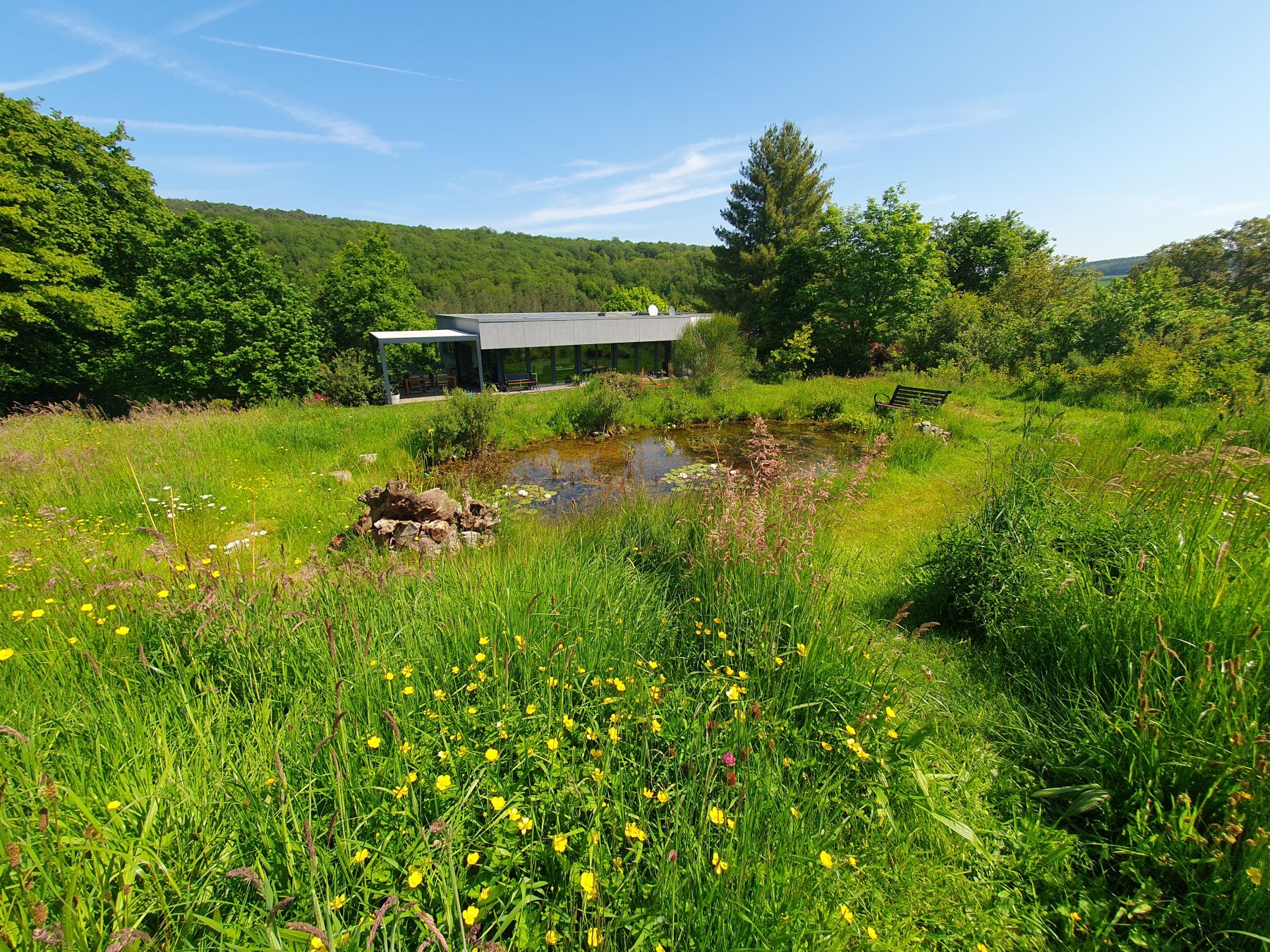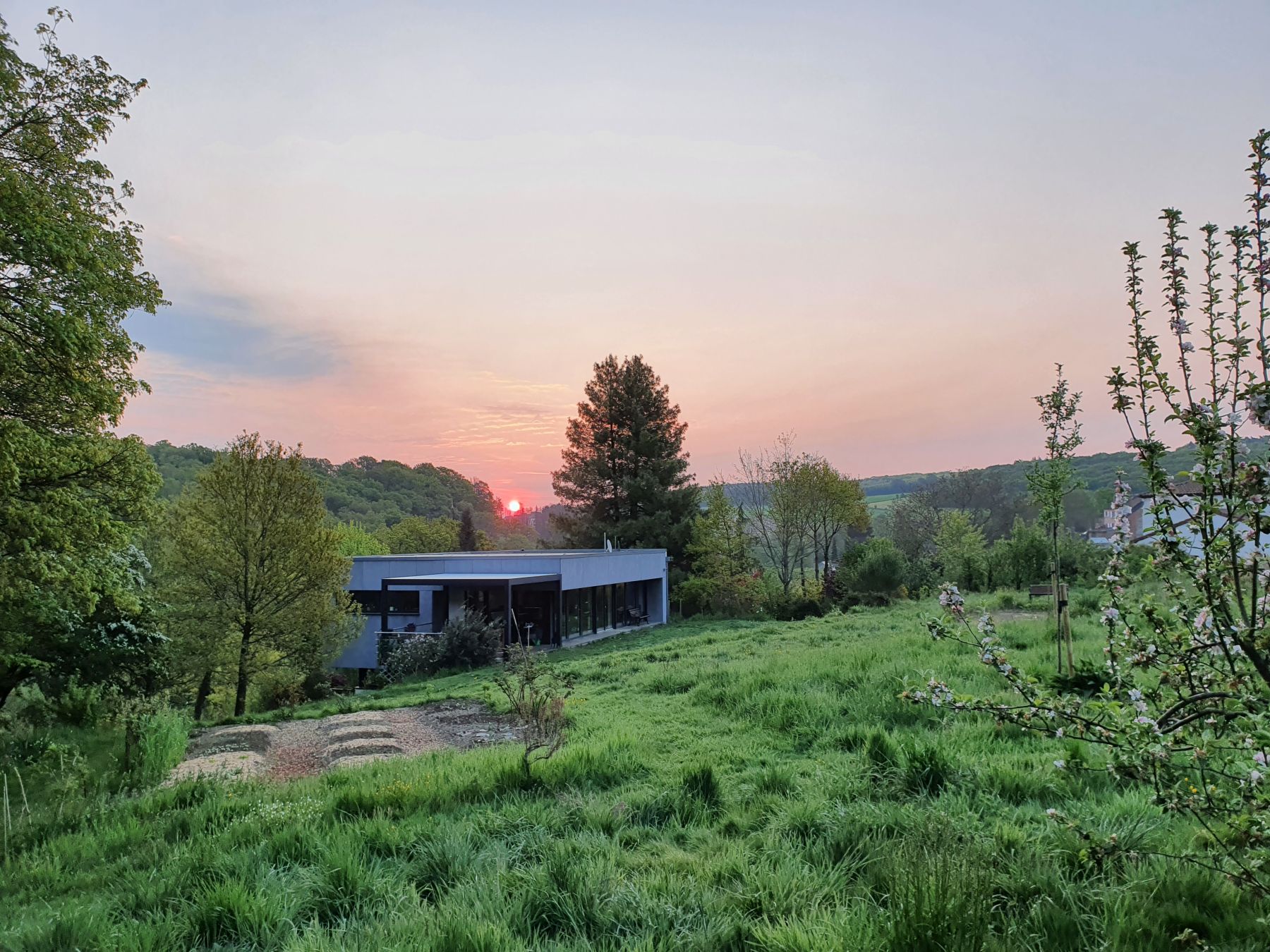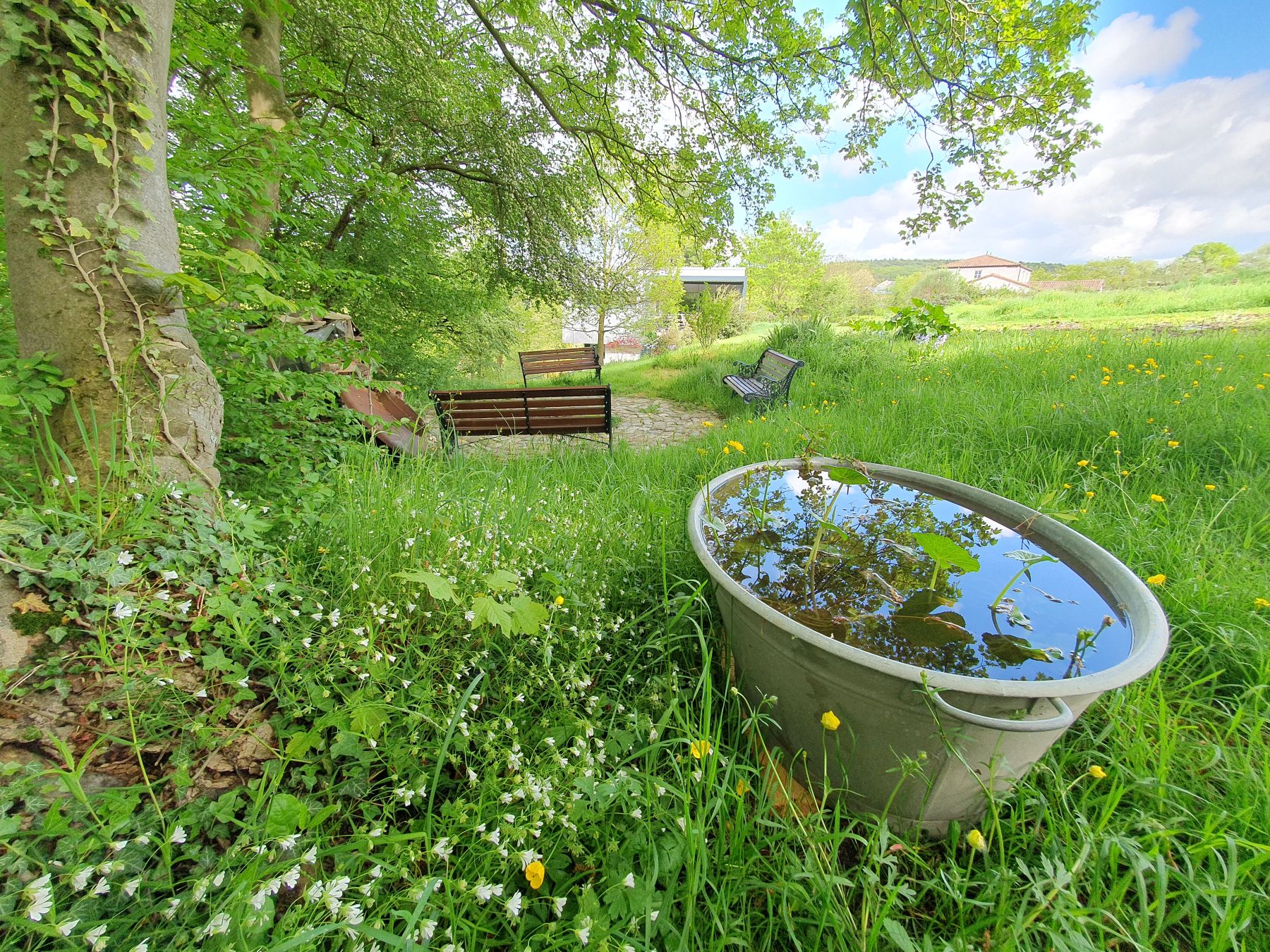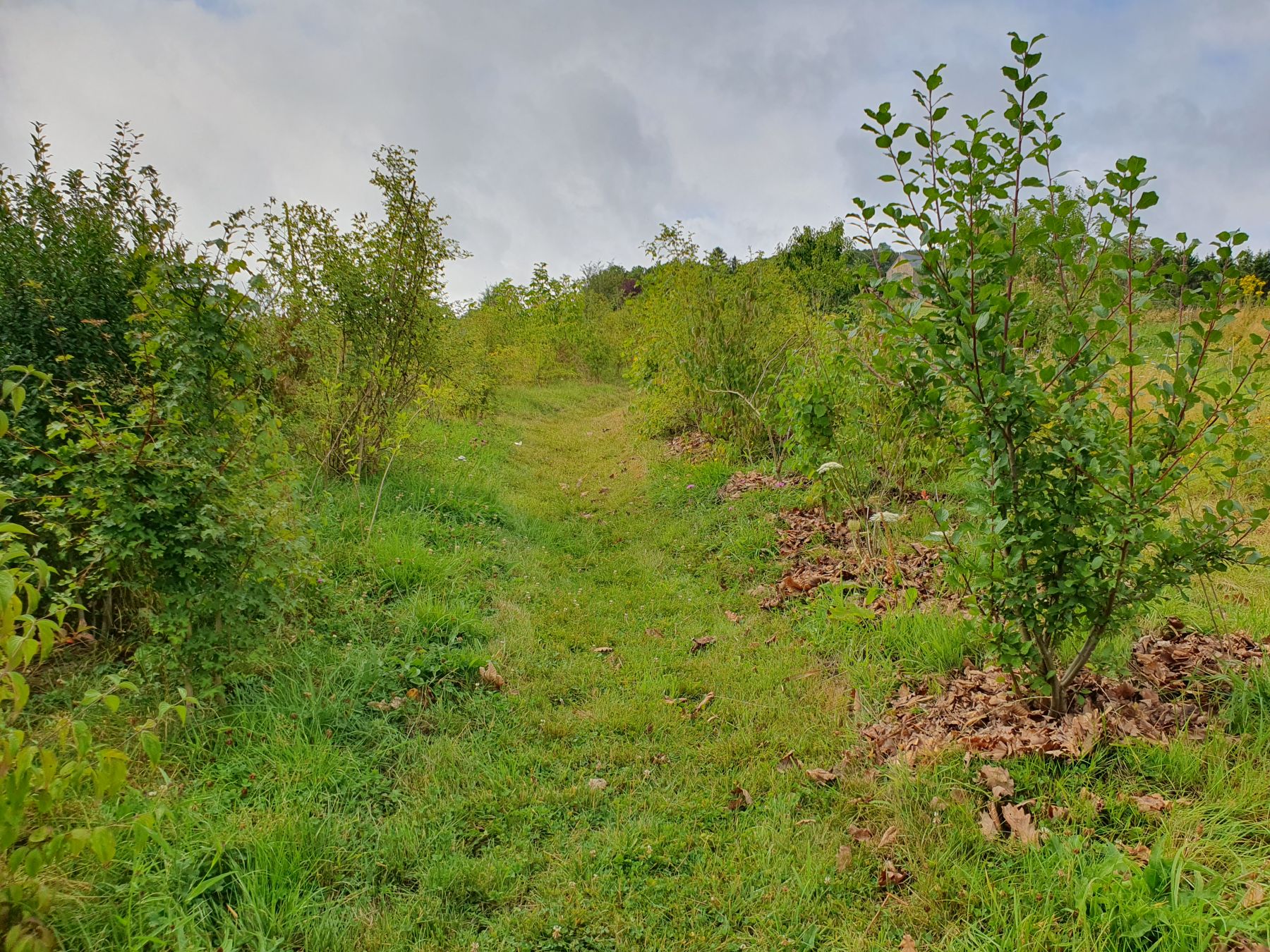



In these times of climate and biodiversity crisis, it can be hard to see the wood for the trees. These are phenomena on a global level and of such an order of magnitude that the battle seems already lost in advance. We, as individuals, appear to have no control over this. Yet, you can have more impact on your immediate surroundings than one would at first imagine. It pays off to start small, even in your own backyard. And it's healthy and fun too! Curious? Then be sure to read on.
A garden is most often a green open space. At first glance it appears to be just a small self-contained piece of land. But even if you live in the city, the periphery or in the countryside, the garden is always part of the wider environment. For animals, plants and even mushrooms, every square meter of natural space can potentially be a suitable habitat to live, forage, reproduce or seek shelter. Biodiversity does not stop at plot boundaries, especially if you follow several principles.

Plant seeds blow with the wind, float on the stream, pass through the intestines of birds or stick to a rodent’s fur. Many seeds are dormant and already present in the soil and will germinate under the right conditions. Insects are small but omnipresent. Many species can fly quite a distance in search of a new destination. Grass snakes, newts, frogs, and toads can smell water from a great distance. It continues to amaze me. Birds and bats scan their surroundings when flying over, and underground mycorrhizae can form long networks around the roots of trees and shrubs. And so on ….
The great advantage of these dispersal capacities of fauna, flora and fungi is that if you create the right conditions in your garden, they will find their way there automatically. Admittedly, our nature and our biodiversity are not doing well, but the good news is that they are resilient and if you give them a chance, habitats and species populations can be restored and flourish again.
The basic principles for an ecological natural garden are simple:
1) stop using chemicals (chemical fertilizers, pesticides, herbicides, …)
2) favor native plant species (>50%) in your garden
3) create variation, gradients and layers in your garden (sun-shade, dry-wet, high-low vegetation)
4) allow some ‘wild’ corners where nature and spontaneous processes can run their course
5) combat invasive alien plant and animal species
6) reduce pavements to a minimum, to allow maximum infiltration of water and to increase the green areas.

We have been living in Andenne for 3 years now and the transformation of our garden amazes me every day. Frank and I certainly do some of the garden work, but it's nature itself that takes over the garden. It is a very rewarding process with lots of satisfaction and at the same time becomes addictive. Once you get the hang of it and discover all those new species, that curiosity and amazement grow even more. Follow us to gain more insight into ecological garden and don't forget to subscribe to this newsletter for monthly green tips? If you are interested but do not know where to start, contact us for advice.
In nature it is about creating connections, with the neighbor’s gardens, with the green roof further on, the nature reserve on the other side of the valley, the meadows around, the agricultural fields on the horizon, the green playground or green cemetery, the city park, the road and railway verges, the wastelands and along streams and rivers. If we create enough green natural islands in our strongly paved Belgian landscape, which function as oases for ourselves and for our biodiversity, then together we contribute to a much-needed green ecological network that can connect green spaces and nature reserves while providing enough quality habitat for all species to flourish. This network also contributes to a higher resilience of the entire ecosystem which is key in the fight against the climate crisis.
Luckily, there are already plenty of great inspiring initiatives. Hence, it is far from a lonely battle. Some examples: In Wallonia and Brussels, nearly 2,000 individuals participate in Réseau Nature by Natagora, which all together form a network of 1,267 ha of ecological gardens throughout the regions. In Flanders in recent years, more than 6,000 people have registered for the NoMowMay campaign. They let the grass grow in their garden on one square meter for at least one month and this way provided 5 million bees with nectar every day! In the GO! UNESCO campus in Koekelberg, more than 1000 species have been recorded thanks to the ecological initiatives of the school and students. An abandoned railway site of 24ha in Josaphat Schaarbeek transformed itself into a rough area, a true reservoir for biodiversity with more than 1200 species on the counter.
To conclude, together we can indeed have an impact by creating and maintaining a large green network for our biodiversity. So be sure to join in the effort and start today! Do not hesitate to contact us.
- Wat een mooie blog. Mooi geschreven en samengevat het geeft energie om er in te vliegen. Mooi logo ook. Goed bezig!!! (Tina)


